The HK21E was Delta Force’s underrated machine gun
- By Travis Pike
Share This Article
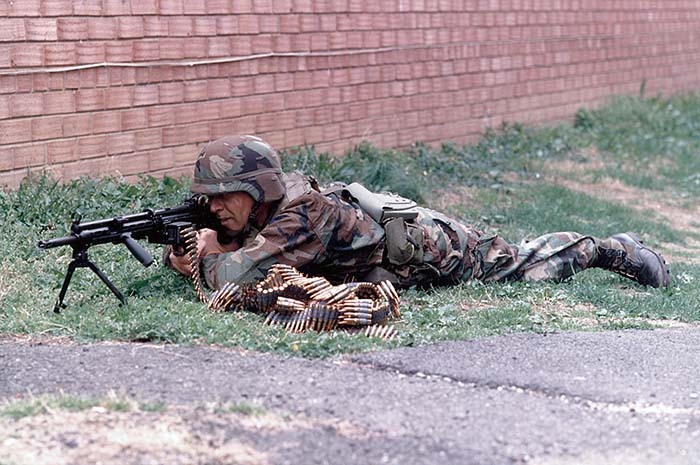
The mainstays of the U.S. military’s machine guns typically include the M249 SAW, the M240, the M2 Browning, and the Mk19. Special operations forces have adopted guns like the Mk 46 and Mk 48, among others. Yet, one machine gun that’s rarely talked about – and is carried by some of America’s most elite and secretive warriors – is the HK21E.
The HK21E, from Heckler & Koch, is a fascinating machine gun that doesn’t neatly fit into a specific category. It’s not quite a light machine gun, but it doesn’t necessarily meet the definition of a medium machine gun or an automatic rifle. It’s something entirely unique that found its place among America’s elite warriors.
What is the HK21E
The HK21E isn’t your standard machine gun and is somewhat novel in design. The HK21 would best be described as a “machine rifle” as it offers the firepower of a machine gun in the form of a rifle. HK took its very successful G3 battle rifle and converted it to a belt-fed design.
Like the G3, the HK21 uses a roller-delayed blowback system to lock the breech; this system has proven to be reliable in adverse conditions. Its barrel was free-floated, which increased accuracy, and could be quickly changed to prevent overheating. The gun fires from a closed bolt, which is rare for a belt-fed weapon. Predictably, a bipod was included, and you could also mount the gun on a tripod.
Belts of 100 rounds were contained in steel drums that attached to the gun. This makes the gun easy to move with and protects the ammunition. Various belt types could be used, including the American M13 linked belt.
The HK21E offered a ton of modularity. You could swap from 5.56 NATO to 7.62 NATO with ease. The belt-fed operation could also be swapped for magazine-fed operation.
The E model (E standing for “Export”) represented what was arguably the serie’s best model as it featured a longer receiver, which increased bolt travel, reduced recoil and increased the rifle’s lifespan. It was also the most modular model of the HK21 series.
The HK21E weighed 20.5 pounds and was 44.9 inches long. The gun had a fire rate of 800 rounds per minute and was offered with numerous operation systems, including safe, semi-automatic, and full-automatic, as well as burst fire for countries that wanted it.
Delta Force adopts the machine gun
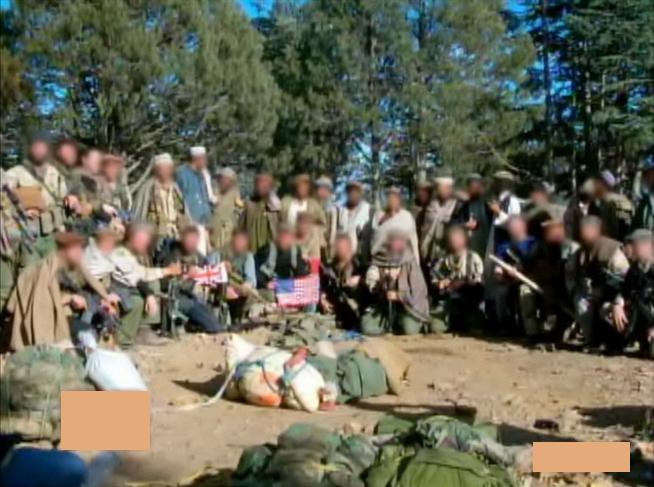
The HK21 was entered into the 1970s Squad Automatic Weapon trials but wasn’t adopted by any main fighting force. In the 1980s, the SEAL Teams adopted the weapon, but its main claim to fame within the United States was its use by Delta Force in Operation Eagle Claw and in Tora Bora during the beginning of the Global War On Terror.
Photos from Tora Bora showed Delta Force operators using the gun in various roles, including as a designated marksman’s rifle with optics, a truck-mounted machine gun, and a general support weapon.
The elite unit chose HK21E chosen over the M240, the M60, or the M249 SAW for a number of reasons: The HK21E beat the M249 SAW by chambering the 7.62x51mm round, which offered more range and power than the SAW’s 5.56 round. The 21E was also considerably lighter and smaller than the M60 and M240. At 20.5 pounds, it was light for a belt-fed 7.62 NATO machine gun.
Further, the HK21E fired from a closed bolt, which made it more accurate and reliable than the open-bolt alternatives; its free-floating barrel, further improved accuracy. Lastly, the HK21E offered a semi-auto setting – a novelty for a machine gun. In contrast, most machine guns are not select-fire and only offer full-auto only.
Overall, the HK21E offered Delta Force operators a portable, lightweight machine gun capable of providing accurate supporting fires with the powerful 7.62 NATO cartridge.
Related: The General Purpose Machine Gun: The do-it-all gun
Great for the elite warrior, not so great for the regular soldier

However, despite its advantages, the HK21E wasn’t used by the general military. This is because some of the reasons why the weapon benefited elite operators are some of the same reasons why it’s not a great infantry machine gun.
First, as a machine rifle, it doesn’t have the same durability as a dedicated medium machine gun. Traditional machine guns are more rigid and durable. Guns like the M240 are capable of firing tens of thousands of rounds without significant receiver wear. They can support platoon or even company-level operations. The HK21E is going to wear out much faster.
Guns like the M240 can also be effectively mounted to tanks, helicopters, trucks, and even ships and provide sustained fire for an extended period. The HK21E and its closed-bolt design isn’t great for sustained fire. It will start “cooking off” rounds as it heats up, and that becomes a major reliability issue. Simply put, it’s not a great weapon for traditional infantry assaults.
The HK21E offers soldiers a lightweight weapon, but that’s not always beneficial. Heavier guns are easier to control on full auto and offer a longer effective range than the HK21E. For example, with an M240, you can hit targets out to 1,800 meters, whereas your range is limited to 1,000 meters with the HK21E, and even that’s extremely difficult.
Delta Force has special needs and doesn’t conduct traditional infantry operations, so the downsides of the HK21E are irrelevant to it. If Delta needs a dedicated medium machine gun, it has that option in its armory.
It’s unclear if the HK21E is still in use. In 2025, we are seeing much lighter and more durable machine guns, like HK’s own MG5 that is a prime example of a modern machine gun.
Things have changed a lot since the beginning of the GWOT. While the HK21E’s time has likely come and gone, the weapon shined bright when it was needed by America’s most elite warfighters.
Feature Image: A soldier wielding the HK21E machine gun. (HK)
Read more from Sandboxx News
- B-21 Raiders could be ready for combat as early as next year
- 40 years after its introduction, the Tomahawk is still a mainstay of American naval firepower
- First Special Service Force was World War II’s unique Americano-Canadian commando unit
- This is why the Marine Corps is different
- Heroic Coast Guard rescue swimmer saved hundreds in Texas floods and exemplified the spirit of America
Related Posts
Sandboxx News Merch
-

‘Kinetic Diplomacy’ Bumper Sticker (White)
$8.00 Add to cart -
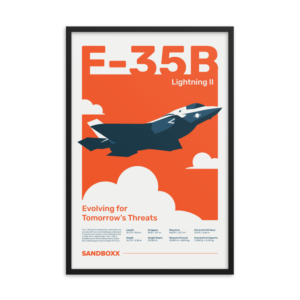
F-35 ‘Evolution’ Framed Poster
$45.00 – $111.00Price range: $45.00 through $111.00 Select options This product has multiple variants. The options may be chosen on the product page -
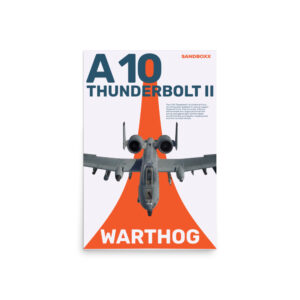
A-10 ‘Warthog’ Poster
$22.00 – $28.00Price range: $22.00 through $28.00 Select options This product has multiple variants. The options may be chosen on the product page

Travis Pike
Travis Pike is a former Marine Machine gunner who served with 2nd Bn 2nd Marines for 5 years. He deployed in 2009 to Afghanistan and again in 2011 with the 22nd MEU(SOC) during a record-setting 11 months at sea. He’s trained with the Romanian Army, the Spanish Marines, the Emirate Marines, and the Afghan National Army. He serves as an NRA certified pistol instructor and teaches concealed carry classes.
Related to: Gear & Tech, Special Operations
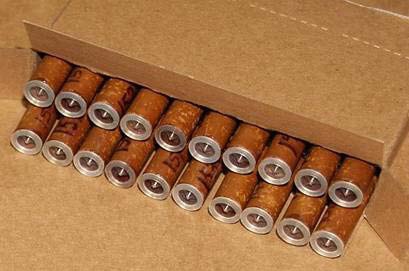
Caseless ammo could be the future of cartridges
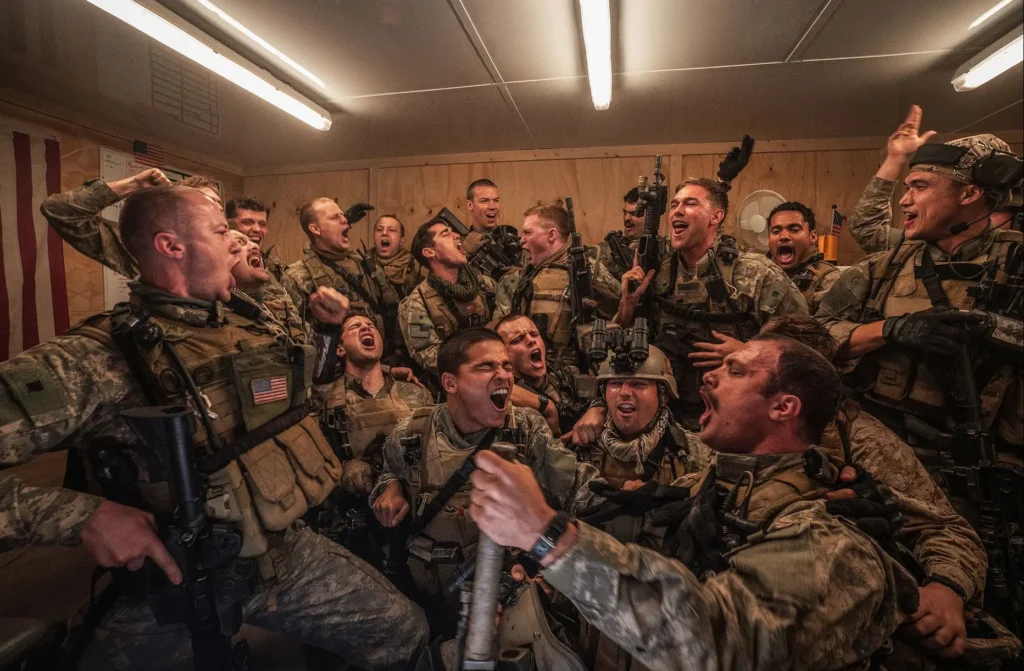
‘Warfare’ shows the brutal reality of combat for an elite unit
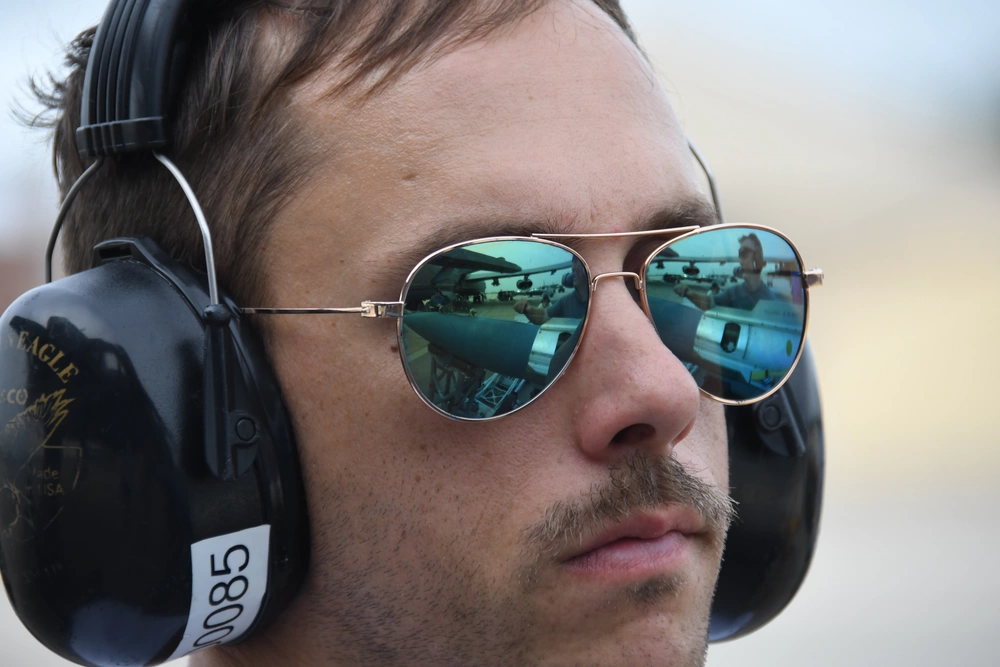
How the military has influenced fashion through the decades
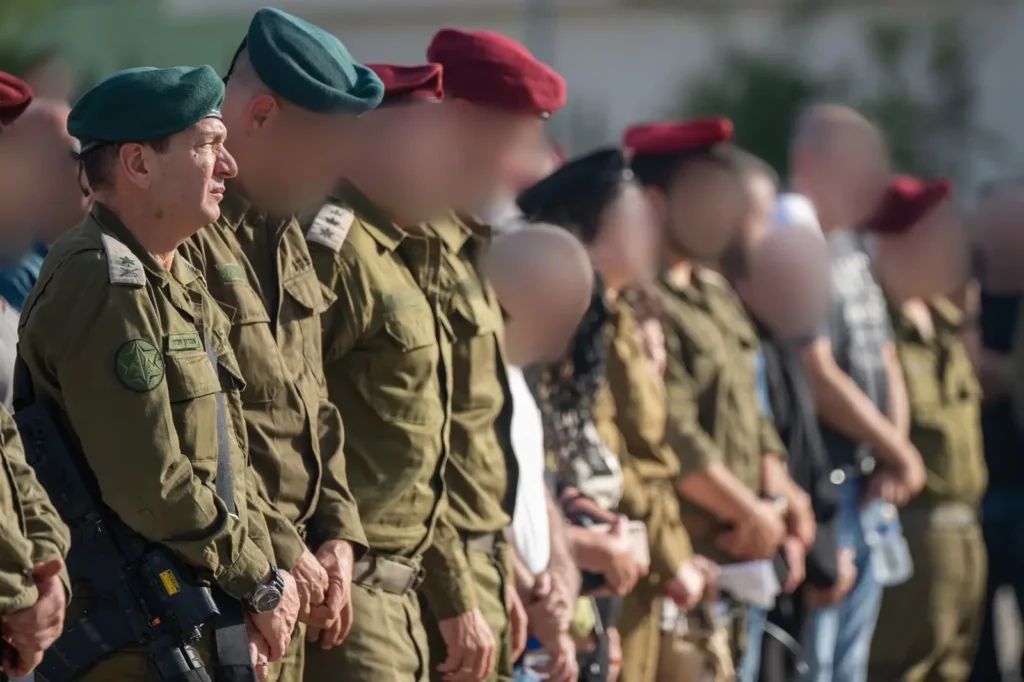
The unassuming Beretta Model 71 was the pistol of choice for some of Israel’s best units
Sandboxx News
-

‘Sandboxx News’ Trucker Cap
$27.00 Select options This product has multiple variants. The options may be chosen on the product page -

‘AirPower’ Classic Hoodie
$46.00 – $48.00Price range: $46.00 through $48.00 Select options This product has multiple variants. The options may be chosen on the product page -
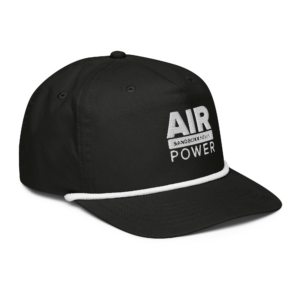
‘AirPower’ Golf Rope Hat
$31.00 Select options This product has multiple variants. The options may be chosen on the product page -
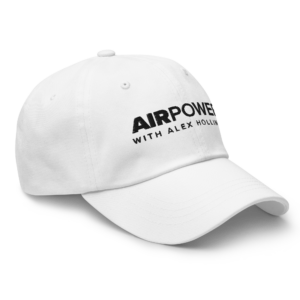
‘Sandboxx News’ Dad Hat
$27.00 Select options This product has multiple variants. The options may be chosen on the product page
